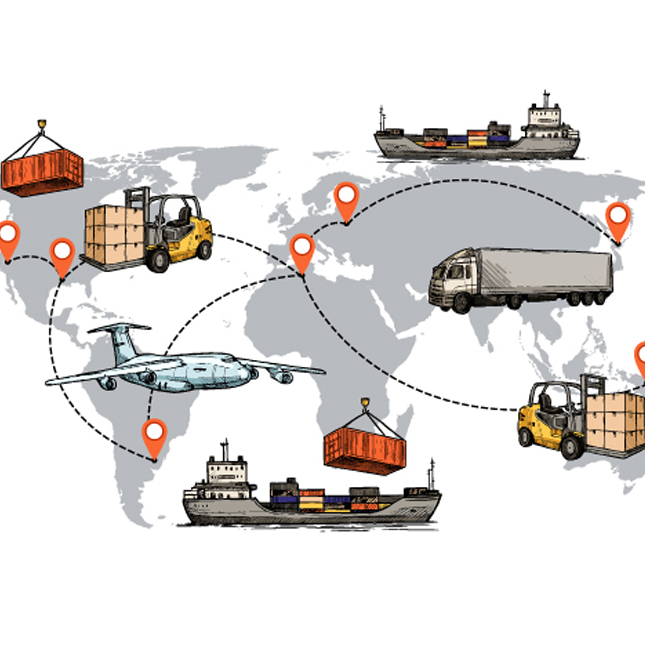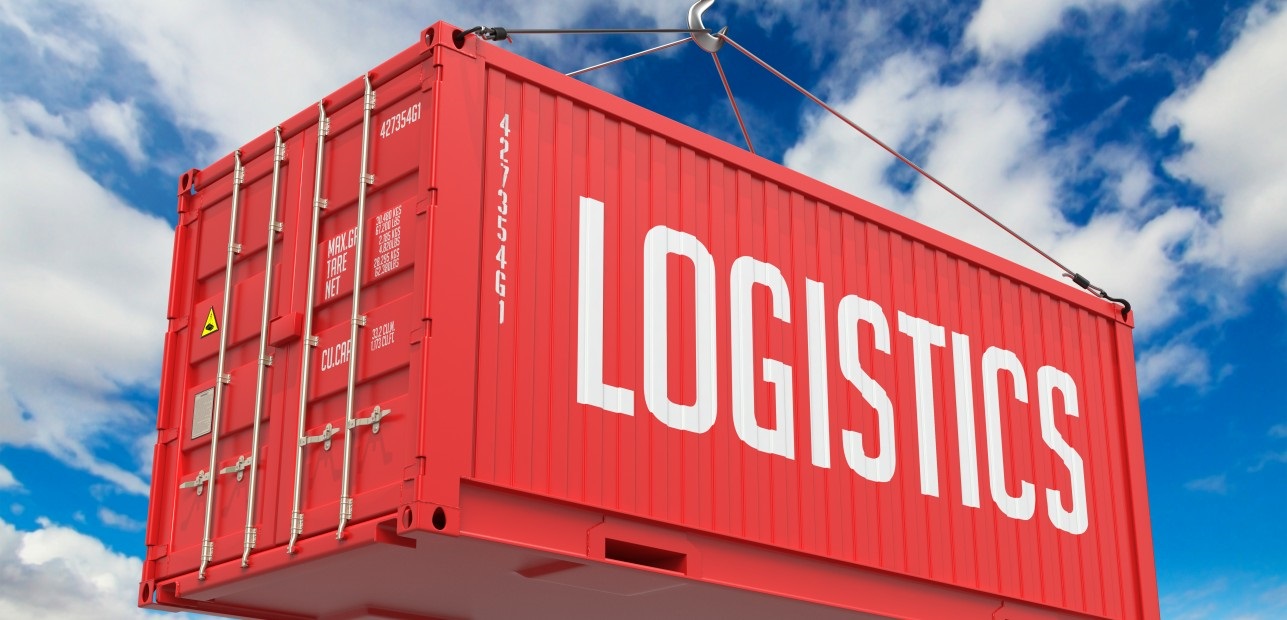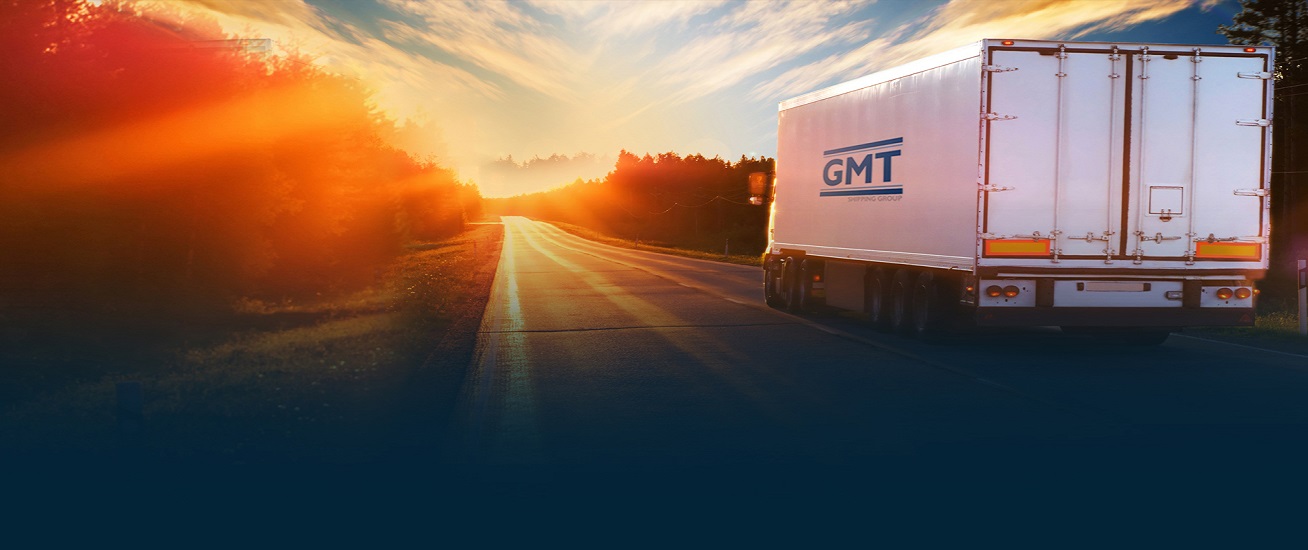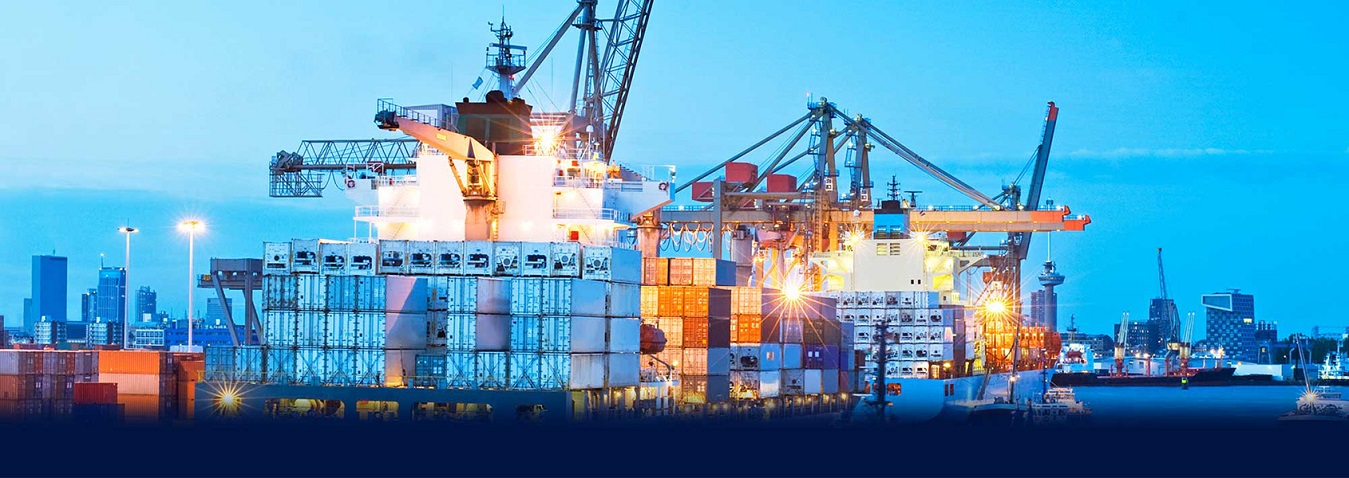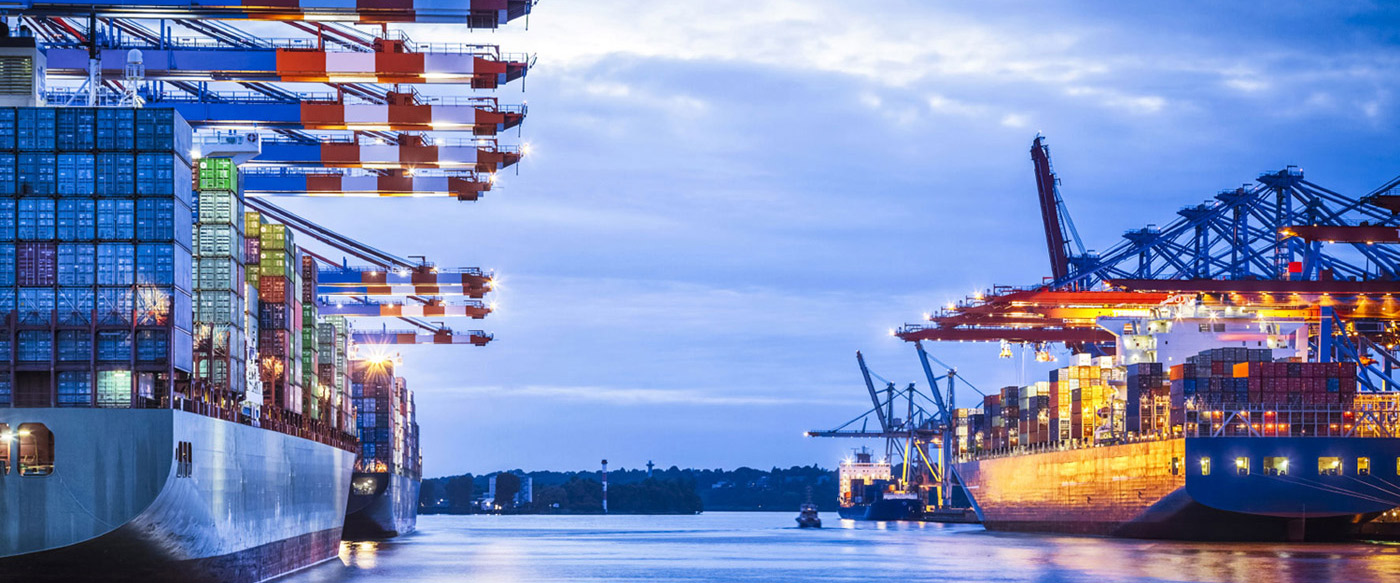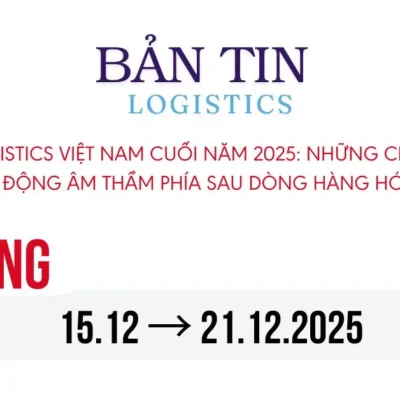Your cargo, we connect beliefs
Hotline:0903.309.909
News
Home >> News >> Forklift technologies-Logistics Manager Analysis
Forklift technologies-Logistics Manager Analysis
When looking to improve productivity in the warehouse, how you utilise your forklift truck can have a knock-on effect on your operations. A productive forklift means a productive warehouse. Maria Highland examines what tech you can arm your forklift with to keep it working at optimal capacity and support your growing operations.

Logistics is no longer a nine-to-five job, it is non-stop with orders being fulfilled day and night. Forklifts are now a prerequisite for warehouses wishing to hold stock at maximum capacity and work around the clock. This is said for all supply chains around the world.
Intralogistics equipment plays an integral part in e-commerce, urban logistics and same-day delivery. And logistics operators are now focusing on three core areas when it comes to finding forklift trucks to suit their operations which are: productivity, ergonomics and safety.
And what better way to gain maximum productivity from your forklift truck than to get on board the new trend pervading the industry: lithium-ion. Hyster Europe’s manager – integrated solutions, Paul Smith points out:
“Energy within the warehouse has for a long time been dominated by trucks powered using a traditional lead acid battery. However, in more recent years the advances in lithium-ion technology have continually improved.”
Lithium-ion trucks boast a variety of features which are appealing to businesses looking to improve productivity, safety and generate cost savings. Lithium-ion trucks provide “higher overall efficiency, especially for recharging costs, easier handling, less pollution, higher flexibility for outdoor and indoor deployment, and lower maintenance costs,” state EnerSys EMEA senior product manager – motive and reserve power, Martin Walsh and EnerSys applications manager for reserve power, Mark Coughlin.
They note that “under similar conditions as a Lead-acid battery, Lithium-ion technology is able to deliver much higher cycles. For a customer, it means that the battery is expected to have a longer service life.” Lithium-ion batteries can be charged using a higher current than acid batteries, offering a quick reintegration of energy. This allows for opportunity charging, such as during breaks. This can maintain battery charge to the point where there is no need to change the battery.
This method can save customers time and money spent changing lead acid batteries. “Ideally, lift-trucks would be continuously available, even in a three-shift application. However, as recharging is often necessary during or after a shift, then either the vehicle must be taken out of service or the battery must be changed,” point out Walsh and Coughlin. This “process can be time consuming, therefore, one of the most effective scenarios is to be able to fast opportunity charge the battery in natural breaks during a shift.”
Likewise, there are other costs associated with changing lead-acid batteries, such as gassing and water top-up. Walsh and Coughlin note that “gassing during battery charging is also undesirable. Regulations require proper ventilation during the gassing phase, which may need to be done by means of a centralised ventilation system in the charging room. This has a cost and can also be considered a waste of usable space.”
“[It is] desirable to eliminate the need for water top-up, which is time-consuming and creates the danger of acid spills. The cost and environmental impact of excessive water usage can also be significant in a large facility.”
Overall, “motive power batteries should be robust, reliable, clean and safe-to-use, as well as resistant to shock and vibration, with a wide operating temperature range. In sites with less-qualified personnel, the batteries should ideally be simple to install and replace or charge when needed,” say Walsh and Coughlin. And this exactly what lithium-ion can offer.
Many forklift truck manufactures are now producing lithium-ion ranges, including Flexi. It has recently launched its Flexi LiTHiON range of articulated reach trucks. Thanks to lithium-ion technology, the truck preforms well in temperature-controlled stores, chemical stores,automotive manufacturing facilities and in order fulfilment operations.
The battery can be fully recharged with one to two hours, even if the battery is fully discharged. Likewise, water topping-up is not required, minimising health and safety risks. The battery does not require maintenance as the truck monitors the battery function and reports the battery status in real time. The truck’s drive, hydraulic and power-steering functions are digitally controlled and integrated with the battery’s advanced software systems. Flexi LiTHiON is able to distribute consistent power levels, enabling it to perform at full power throughout a typical shift with no drop off in performance levels.
Costly operations
Yes, lithium-ion forklifts are on the pricier side when compared to lead-acid. However, depending a business’ requirements, it may be worth the price.
Investment in intralogistics should centre around total cost of ownership rather than acquisition and whether lithium-ion is the technology of choice for a business will be offset by the operational conditions and needs of the customer. Businesses need to assess their work processes, infrastructure requirements, service costs, energy efficiency alongside the potential productivity gains.
Alternatively, for those not quite ready to make the switch, some forklift truck manufacturers are now offering a lithium-ion ready option which allow a truck be operated by either a lead acid or lithium-ion battery.
And if you have decided that lithium-ion is the way to go for your operations, it’s a case of changing the way you operate your forklifts. “To optimize the cost and ROI of such a technology, Lithium-ion batteries are usually smaller (i.e less capacity) than their Lead-acid counterparts,” explain Wash and Coughlin. “Therefore, they need to be charged each time that the occasion arises. A lack of discipline during operation may lead to a shortage of energy throughout the day.”
Hyster’s Smith agrees, he believes that “lithium-ion batteries are a great solution in many different types of applications as they allow for opportunity charging without long term damage to the battery and without the manual handling of battery changing,” but “it is important to understand how and when the truck can be opportunity charged,” he warns.
“With lithium-ion batteries, consideration does need to be made as to when an opportunity charge can occur. For instance, if the application is based around unloading a trailer, then between trailers is a convenient time. Therefore, having the charger located in the unloading area will enable the operator to opportunity charge while preparing the paperwork and the dock for the next trailer.”
“However,” continues Smith, “if the application was looking to use a lithium-ion battery powered truck to transport goods at the end of a production line, finding opportunities to put the truck on charge during normal daily operation may be more challenging. The right choice of power will always come down to the specific needs of the particular application.”
Likewise, the higher charge acceptance of lithium-ion batteries means the use of larger chargers possible but also means that the electrical network of the customer needs to be properly sized for such requirements. “A customer that is considering switching a whole fleet to Lithium-ion has to consider the effect of several trucks being plugged into its electrical network at the same time during a break,” explain Walsh and Coughlin, and “a company that is not used to high power equipment may need to invest in its electrical infrastructure as well, making the cost of a Lithium-ion solution too high.”
Overall, Walsh and Coughlin do not recommend lithium-ion when it comes to single-shift and light applications. “Lead-acid batteries are able to deliver the requested performance and life for a fraction of the cost,” they say.
What next?
Alongside lithium-ion technology, manufacturers are constantly looking for the next best technology to improve operations. Fuel cell technology is making an appearance, says Crown.
“In principle, the fuel cell could be a good alternative to electrical technology. Not as advanced as lithium-ion batteries, but conceivable in certain applications. If, for example, they are used outdoors, carry heavy loads, are not too dusty, and where no battery charging stations are available. In any case, the technology is there and is already functional today.”
Hyster’s Smith also sees fuel cell technology on the horizon. “In applications where trucks are working multiple shifts and charging time is difficult to find, one alternative solution may be fuel cells. Hyster continues to develop solutions with Nuvera fuel cells to provide the power needed in those operations where extremely quick refuelling is needed,” he says.
Likewise, “telematics technologies are also becoming essential to managing cost and productivity in many operations,” notes Smith. Monitoring the usage of trucks can help businesses to “identify the right number of trucks needed to suit the specific application, or better utilise their fleet to maximise productivity.” Telematics “can also be used to monitor and schedule forklift repair and maintenance, minimising unplanned downtime, and providing insight into total cost of ownership, for effective cost management,” he adds.
Logistics managers now require more information than ever to help make key operational decisions when it comes to reducing costs, improving safety and operations or streamlining processes. Technology embedded in forklift trucks allows the right information to be readily available and provides a more holistic approach to overall warehouse management through a more connected experience.
Likewise, technology that enables you to manage this integrated data correctly is key. This ensures that the correct information is available at the right time. Having a sophisticated fleet management system alongside a connected-fleet provides operators with real time decision-relevant data, which is presented in a clear and concise manner. This enables key decisions to be made when it comes to fleet utilisation, maintenance, safety and productivity.
Source by: Logisticsmanager
HL Shipping Co., Ltd is a worldwide freight forwarder based in Ho Chi Minh City, Vietnam. With more than 10 years of experience in the field of marine transport and aviation, we are confident to be the ideal address to provide freight and logistics services to meet all your requirements.
